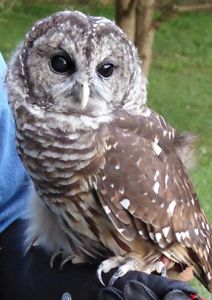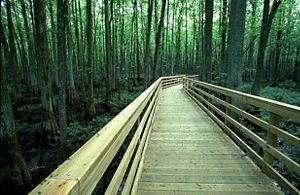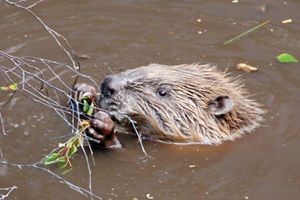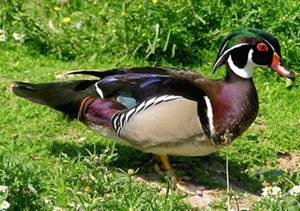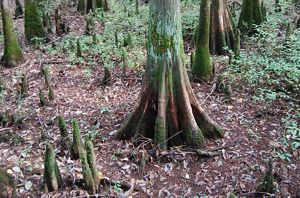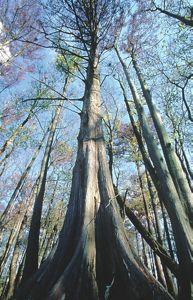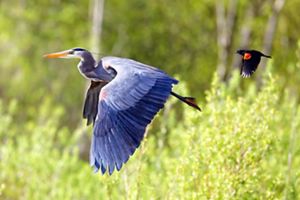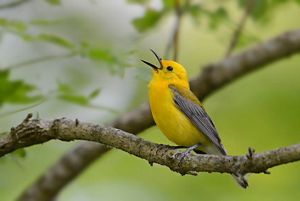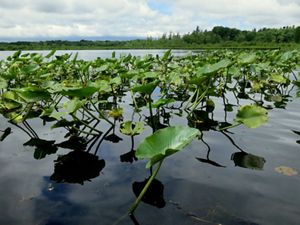Description
The William B. Clark Conservation Area contains 427 acres of bottomland hardwood forest in the Wolf River watershed. The Wolf River is 86 miles long and hosts a portion of the once vast floodplain forest ecosystem of the Mississippi River. In fact, eighty percent of the original 24 million acres of forested wetlands in the Mississippi River alluvial floodplain have been cleared or drained.
This portion represents an exceptionally diverse ecosystem that contains important habitat for birds, mammals, amphibians, fish and invertebrates. The preserve’s forest community has developed in response to many years of natural flooding and the absence of timber harvesting. In addition to providing habitat for many species, the William B. Clark Conservation Area serves as an important area for improving water quality, recycling nutrients and moderating flood peaks of the Wolf River during periods of extensive rainfall.


